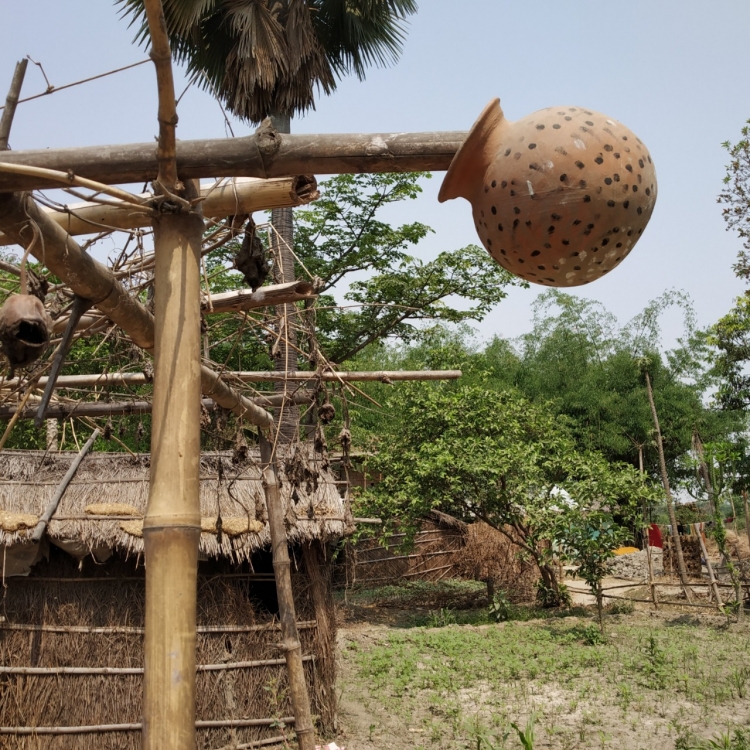
Social Preferences, Identity, Voice and Economic Development in Bihar
16 Feb 2016 0 comment(s) Research Essays
(This essay was first published on wordpress site on 16 February 2016)

In this penultimate essay of my series on democracy and social choice in Bihar, I would be discussing how the issues of identity, voice and justice on the one hand and material development on the other has shaped and influenced the preferences and decisions of people. To some extent, it also brings into sharp focus and delineates the so called incompatibility of development and democracy in Bihar.
Social Choice, Caste-Identity and Political Power
It would be perfectly valid to infer that democratic choices made by people of different class/caste have been instrumental in shaping the destiny of post-independence Bihar. And the choices made through democratic process of holding regular elections and casting of votes has been intricately related with the identity of the voters. It has been no exaggeration to say that the most important identity for Bihari voters has often been their caste. However, I would like to emphasize that this is neither unique to Bihar not a new development of past couple of decades. Caste has always played an important role in political mobilization, especially in a competitive politics like India. On the national scene, with the gradual decline in the political fortune of Congress party, especially after the demise of its towering and visionary leaders like Nehru, Patel, Ambedkar etc, the political discourse has increasingly become more and more factionalism driven, regional in character, individual based, and an ongoing struggle for power among different caste and class groups.
Since caste in India displays such a high degree of heterogeneity, political mobilization has taken different forms in different parts of India, and on first examination, these movements and mobilizations may not appear to be following the caste axes. However, on deeper examination, the underlying caste-equations and affiliations can always be found. Further, the regional heterogeneity and diversity of caste and its social structure, classification and distribution is not a common knowledge among Indian middle class, to the extent that such regional/provincial differences in culture, language, food habits, climates, physical features and economic development etc. is well known and appreciated. Most of us won’t even know the names of different castes in various regions of India, what to talk of further details. For example, I cannot claim that I have any meaningful and deeper understanding of caste identities, groups, and functional characteristics of different castes in Tamil Nadu, Karnataka or Punjab. Whatever I know is sketchy and to know more, I need to go beyond the regular and popular channel of information. Similar would be the case for someone from Andhra Pradesh if asked about the caste and social structure of Bihar.
Despite this, I may say that, for example, in the politics of Maharashtra, Maratha vs. Non-Maratha is essentially a caste group based political mobilization where Maratha are a group of landed backward castes (really? – perhaps I need more information on this). This mobilization has taken place in opposition to upper castes especially Brahmins. In Tamilnadu and other southern states of India with long history of backward castes movement (starting early in the twentieth century) the political mobilization took place mainly as anti-Brahmin movement and various backward castes (landed as well as others) did combine together in this process. However, in both these cases, the political power struggle started slightly earlier than in Bihar and by the early 1960s, transfer of political and social power in the hands of backward castes was well on its way in those states. Perhaps Bihar is 30 to 40 years behind them in social progress!
Therefore, in the case of Bihar too, the struggle for social power through political mobilization has started before independence and has gone through a protracted tussle between two main caste groups before the final triumph of backward castes. Wait a minute, I may be too early to pronounce the triumph of backwards in this struggle for social power. On the other hand, the triumph in capturing political power may look more convincing and long lasting, especially in light of recent win of Nitish-Lalu combine in 2015 assembly elections and the fact that now, for past 25 years continuously, Bihar’s political leadership, if not political landscape, has been controlled by backward castes. With the formation of government by Nitish Kumar in 2005 with BJP support, it appears that social engineering have entered a new phase with mobilization of most-backward castes for political power showing their rising aspirations in combination with forward castes though the events of past two years and 2015 election results makes a new twist in this intensely fought contest for political and social power and identity .
In any case, the most striking point to note in all the above examples is perhaps the power of democracy and process of social choice through regular election which made it possible to politicize the exploitative social structure and social relations, and which has given such a strong handle to the populace to express their preferences and choices.

Development and Democracy: Are They Incompatible?
It has often been said that Lalu's tenure was marked by the strange emergence of identity politics on Bihar landscape. He indeed brought the issues like social justice, voice of the backwards and downtrodden, rights of poor to stand with respect and dignity to the forefront. It is often said that his politics and policies were repeatedly supported by people of backward castes and downtrodden despite any significant improvement in their material well-being because these sections of society did not care for development - their decision essentially being irrational. What they perceive important for them was the issues of freedom and identity - the notions which do not bring tangible benefits. And there were claims that, thus Bihar is a very appropriate example demonstrating that democracy is not always desirable in a land which is backward, poor and underdeveloped. I have even heard the arguments that Bihar needs a dictator who should work for economic development of the state (to be sure, I have heard such arguments for India too!) Thus, we have the classic argument about incompatibility of democracy and development. Here, I may hasten to add what Prof. Amartya Sen has recently said (in Calcutta during a function to commemorate Subhash Chandr Bose’s birth anniversary in January 2016) – As secularism is often being used as a bad word, democracy and liberty could be next?
Coming back to the central issue, if we accept the inference in case of Bihar that people here did not (and do not) care for the economic development, it would be good to be reminded that even before Lalu, Bihar did not see much development during first forty years of independence. By late 1980s, Bihar was already one of the most underdeveloped states in India. Does it mean that people of Bihar never cared for development? Perhaps, economic development was not an issue or not the most important issue for most of the people, because, in any case, it never happened in Bihar.
But this brings us to other important question as to why development did not happen in Bihar after independence, and why it did not matter to people of Bihar when they saw other states continuously moving ahead of them, and Bihar lagging behind. There are no easy answers. The issue of lack of sub-national identities in cow-belt may have been a factor. Is it due to some cultural-social mind-set and issues? I need not go into them here, it’s a topic to be analysed in a future post.
The issue of balanced regional development in a federal country like India has already lost the centrality, and now in this age of globalization and populist capitalist democracy, those states which are already developed, those with a historical advantage, are surging further ahead. So we have a situation where central government fails to select even a single city for its smart city project from three large states housing more than one-third of India’s people (Bihar, Uttar Pradesh and West Bengal), based on some competitive criteria. I am not surprised- in this competitive game, underdeveloped, backwards and laggards are doomed - they are bound to lose!
In a sense, as we have already analyzed, it may be safe to conclude that the politics in Bihar has been, in the most palpable form, and for most of the time, was a social, economic and agrarian power struggle between forward castes and backward castes groups. In the early years of Congress hegemony, the power struggle was for domination by different forward caste namely Bhumihars, Brahmins and Rajputs. With the rise of Yadavs, they have often been seen as replacing the forward caste oppressor of Dalits and lower backward castes in many parts of Bihar (Gupta, 1992).
Do people of Bihar really not care for development? Here I would like to bring into focus the meaning and understanding of “development”. Development does not always mean pure economic development. It is too narrow a definition. And over the past half century, the issue of development has seen a huge amount of intellectual debate and crystallization of the idea through research, discussions and literature in academic and practitioner spheres. It has been forcefully argued that development requires action on many other fronts in addition to pure economic development, like working towards ensuring participation and equality of opportunity, social change and development of institutions, public voice and democratic rights, freedom and liberty, social opportunity etc (Dreze, 2002). The presence of political freedom and intense competition for social power through political landscape can be seen as expression of and support for the claims of political attention - what has been called instrumental role of the political and liberal rights (Sen, 1999). Therefore, it appears that in this process of factional and caste based politics in Bihar, pure economic development was not always a top priority. It is largely evident because all throughout independence, Bihar continued to lag behind other states in terms of development indicators like per capita income, life expectancy, infant mortality, school education, higher and adult education, and level of industrialization and agricultural development.
On most of the occasions, Bihar looked more concerned with social justice and political power game among backward and forward castes, which indeed was based on deep rooted historical agrarian, social structure and power relations. We must realize that in Bihar, even today, agriculture development and social upliftment are intricately linked through land ownership pattern and land reforms still promises handsome results. It has been pointed that in the scenario of unequal distribution of land and resources, the embrace of new technology by small cultivators far from leading to greater income diffusion, deepens their dependence on those with economic, social and political power (Wilson, 2002). The last ten years of Nitish rule and his recent victory also indicate that perhaps the social identity issues have been played for too long, and more tangible developmental issues are now becoming important to people of Bihar.
Religion or Caste: The Muslims in Bihar
Historically Muslims have voted for Congress, almost everywhere in India. The pattern disturbed with the weakening of Congress and emergence of BJP on the national scene during late 1980s. This also coincided with emergence of regional political leaders like Lalu Yadav in Bihar, Mulayam Singh Yadav in UP etc. The emphasis of BJP on Hindu majority and its Hindutva politics for gaining political power further alarmed Muslim minorities. In Bihar, Muslims saw Lalu as the leader with the courage to take on the challenge of BJP head on - which was on display by his arrest of L K Advani during his Rath Yatra in 1990. In any case, Lalu Yadav remained staunchly secular, true to India's tradition of religious harmony and tolerance, which has been amply demonstrated during his 15 years rule when Bihar remained totally free from religious riots and violence. It may be noted that this period is marked by such provocative incidents like Babri Masjid demolition, Mumbai Riots and bomb blasts and Gujarat riots. Thus, Muslims during this period gravitated en-mass towards Lalu Yadav.
It can be argued that with the emergence of backward castes on the political scene and caste mobilization becoming the most important force, religious divisions ceased to be important issue in Bihar. To some extent this may be true, especially if we note that Muslims community was always considered a 'caste', a monolithic group and solid chunk of vote bank which tend to vote in tandem. But this brings us to the question that if Muslims acted as vote back even before Lalu and caste was the mobilizing force since long, then why religious issues were not relegated to the background during pre-Lalu era? We have many examples of religious riots during pre-Lalu era, as late as in 1989 in Bhagalpur. On many occasion, there have been riots even between Yadavs and Muslims. In that sense, Lalu’s was a deliberate attempt to contain religious violence, even if with the motive of getting the Muslim votes, and he needs to be credited for that. However, the upper castes, who tend to identify relatively more with the religious-identity politics of BJP, are therefore, more prone to succumb to religiously divisive rhetoric. In that sense, backward castes have tended to be more sympathetic and accommodating with Muslims. Further, as vast majority of Muslims in Bihar (as well as in other parts of India) are socially and economically backward, they identify themselves more with Hindu backward castes of their society rather than the divisive Muslim identity often propagated by some rich and sectarian Muslims.
Nitish Kumar has clearly understood this. Despite being in political alliance with BJP, he was painstaking in his efforts to send out a clear message about his secular credential not only rhetorically but also by actions and deeds. His reign too, has been free of any religious riots, an achievement almost parallel to that of Lalu's, and he introduced some developmental scheme specially targeted to the poor Muslims. Further, he insisted on keeping controversial BJP leaders out of Bihar and ensured that BJP in Bihar does not talk in religious language. All this has helped him gain support of the Muslim, though not all Muslims (according to reports, in 2010 elections, Muslim votes were spread between JD-U, RJD and to some extent Congress). The story of 2015 assembly elections, with Nitish-Lalu together has no secret as to the preference of Muslims in Bihar!
Accordingly, it would be safe to conclude that to some extent, with the emergence of backward castes on the political scene in Bihar, who have been socially and economically more similar to vast majority of Muslims, religious division has ceased to be a dividing force. In any case, Lalu's and Nitish's significant contribution in this phenomenon cannot be doubted.
References
- Dreze Jean & Sen Amartya (2002). India - Development and Participation; Oxford University Press, New York
- Gupta Tilak (1992).Yadav Ascendancy in Bihar Politics; Economic and Political Weekly, Mumbai; June 27, 1992
- Sen Amartya (1999). Development As Freedom; Oxford University Press, New York, pg 148
- Wilson Kalpana (2002). Small Cultivators in Bihar and New Technology - Choice or Compulsion?; Economic and Political Weekly, Mumbai; March 30, 2002


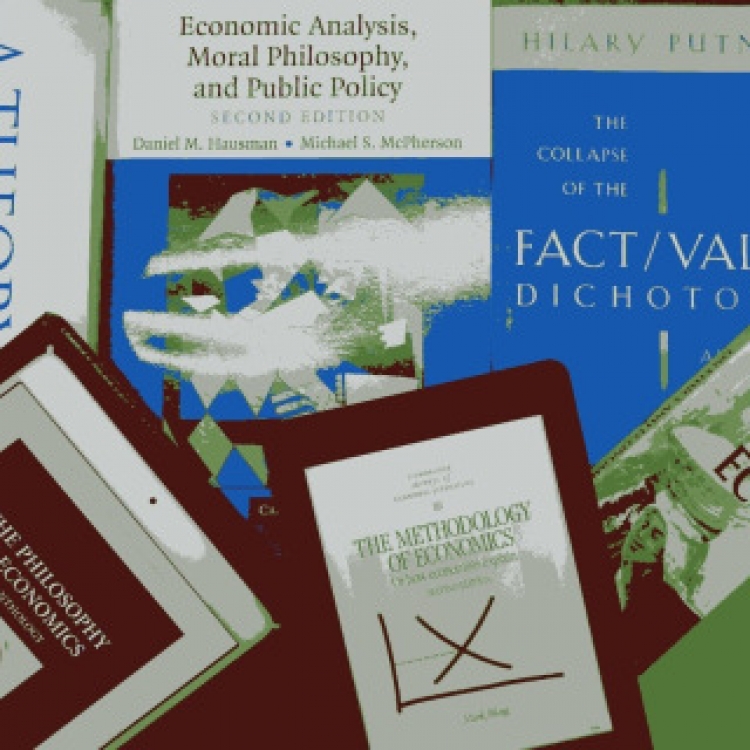

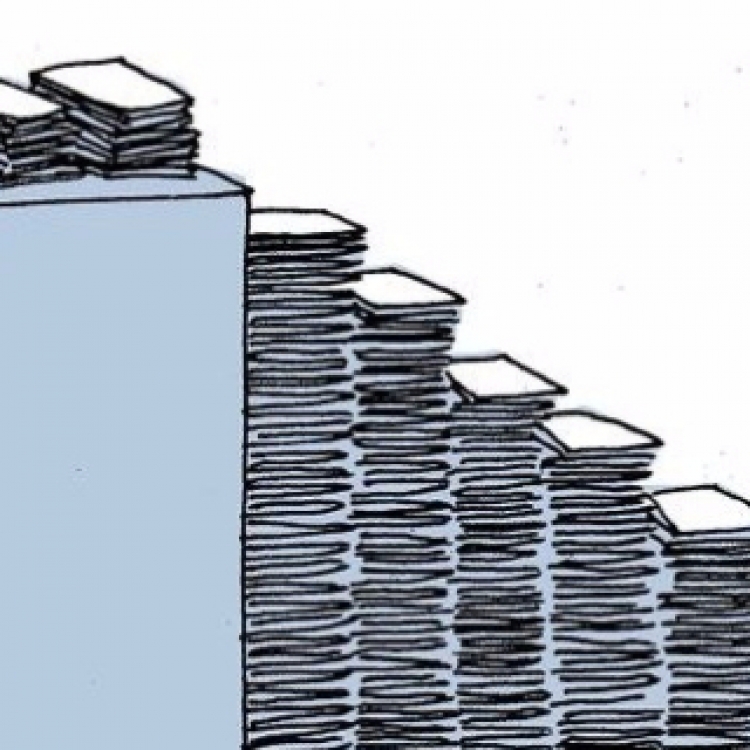

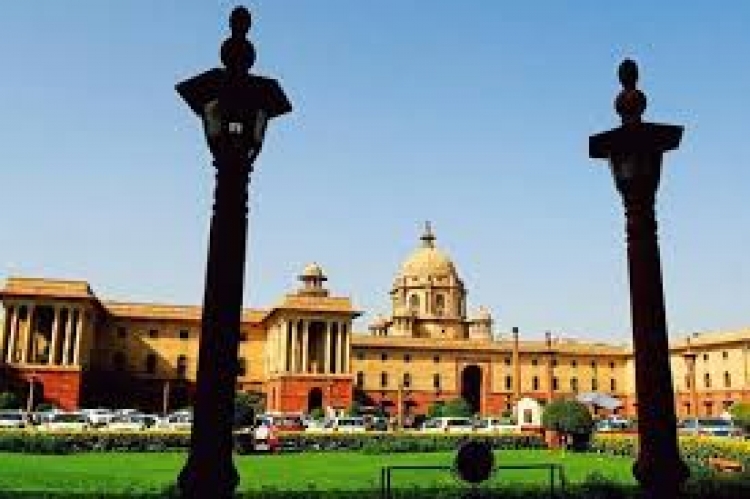
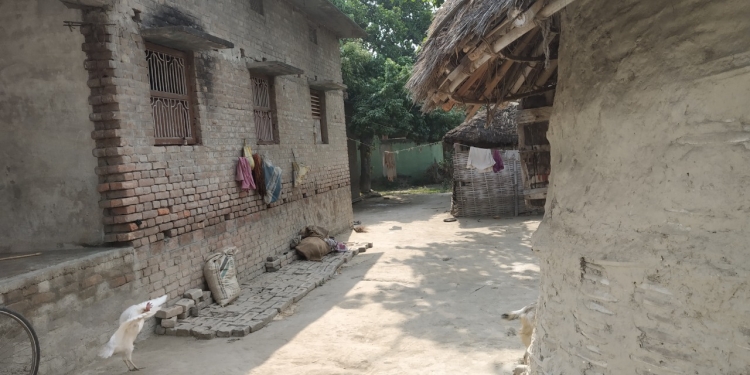
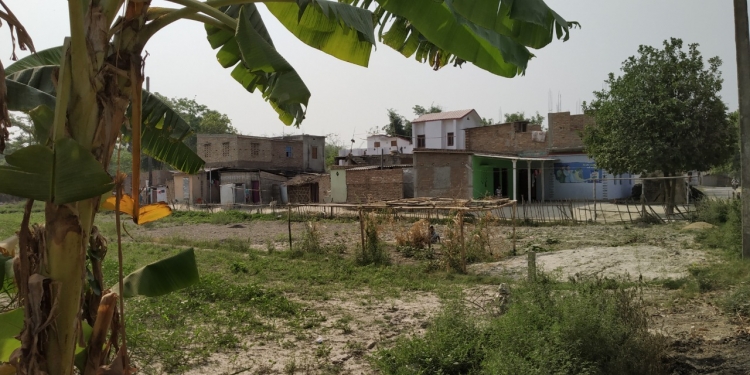
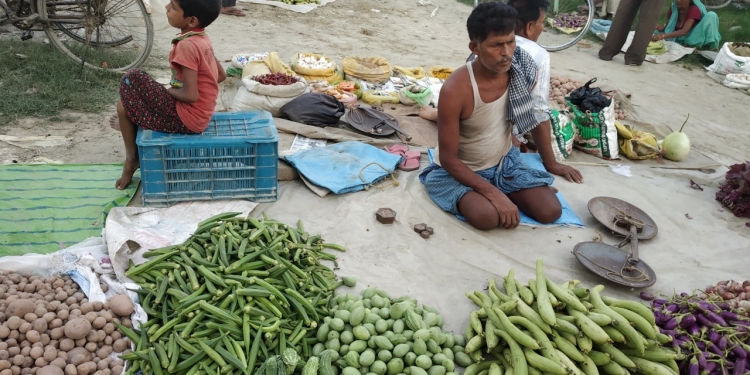
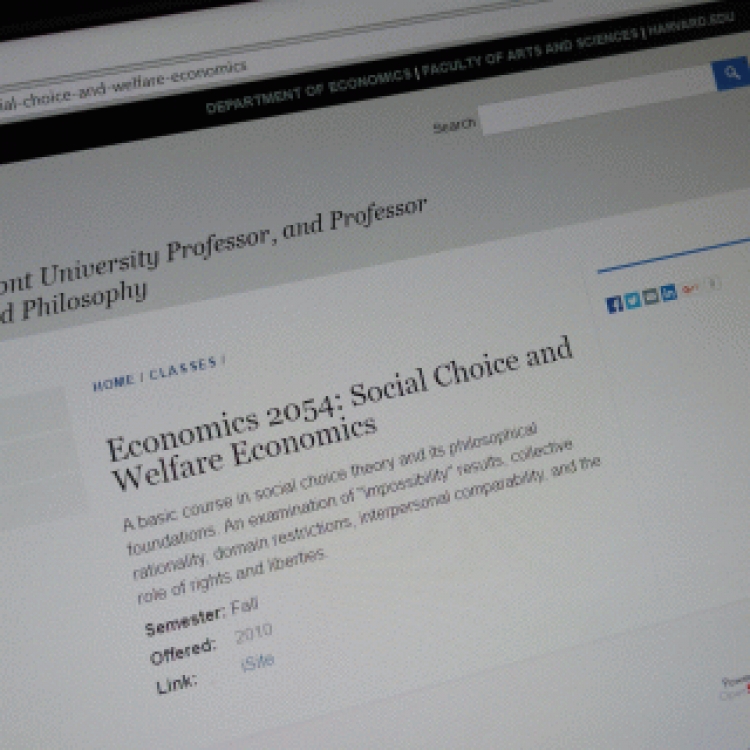
Comments
0 comment(s)